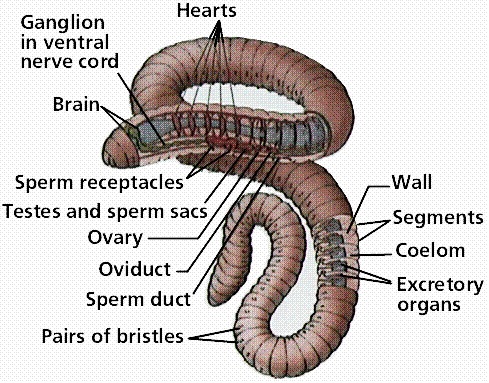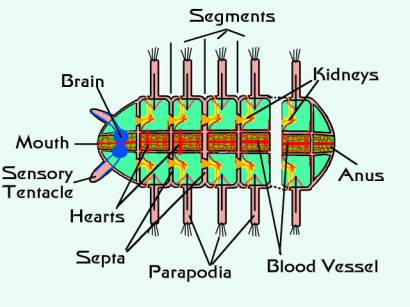NEET Exam > NEET Notes > Some concepts and Tricks
Some concepts and Tricks - NEET PDF Download
FAQs on Some concepts and Tricks - NEET
| 1. What is NEET? |  |
Ans. NEET stands for the National Eligibility cum Entrance Test. It is a national level medical entrance exam conducted in India for students aspiring to pursue undergraduate medical and dental courses (MBBS/BDS) in government or private medical colleges in the country.
| 2. What is the eligibility criteria for NEET? |  |
Ans. The eligibility criteria for NEET are as follows:
- The candidate must be an Indian citizen or an Overseas Citizen of India (OCI).
- The minimum age limit is 17 years as on the 31st of December of the year of admission.
- The maximum age limit is 25 years for general category candidates (relaxable by 5 years for reserved category candidates).
- The candidate must have completed their 10+2 or equivalent examination with Physics, Chemistry, Biology/Biotechnology, and English as core subjects.
- The minimum aggregate marks required in the qualifying examination are 50% for general category candidates (40% for reserved category candidates).
| 3. How many times can a candidate attempt NEET? |  |
Ans. As per the recent notification, there is no attempt limit for NEET. Candidates can appear for NEET as many times as they fulfill the eligibility criteria.
| 4. How is the NEET exam conducted? |  |
Ans. NEET is conducted in offline mode (pen and paper-based) where candidates are required to mark their answers on an OMR sheet. The exam consists of multiple-choice questions (MCQs) with a single correct answer. The duration of the exam is 3 hours, and it consists of 180 questions, with 45 questions from each of the subjects - Physics, Chemistry, Botany, and Zoology. Each correct answer carries 4 marks, while 1 mark is deducted for each incorrect answer.
| 5. What are the important dates for NEET? |  |
Ans. The important dates for NEET may vary each year, but generally, the application process begins in the month of November or December, and the exam is conducted in the month of May. It is advisable to regularly check the official website of the conducting authority for the most updated and accurate information regarding the important dates of NEET.
Download as PDF

|
Explore Courses for NEET exam
|

|
Signup for Free!
Signup to see your scores go up within 7 days! Learn & Practice with 1000+ FREE Notes, Videos & Tests.
Related Searches





























